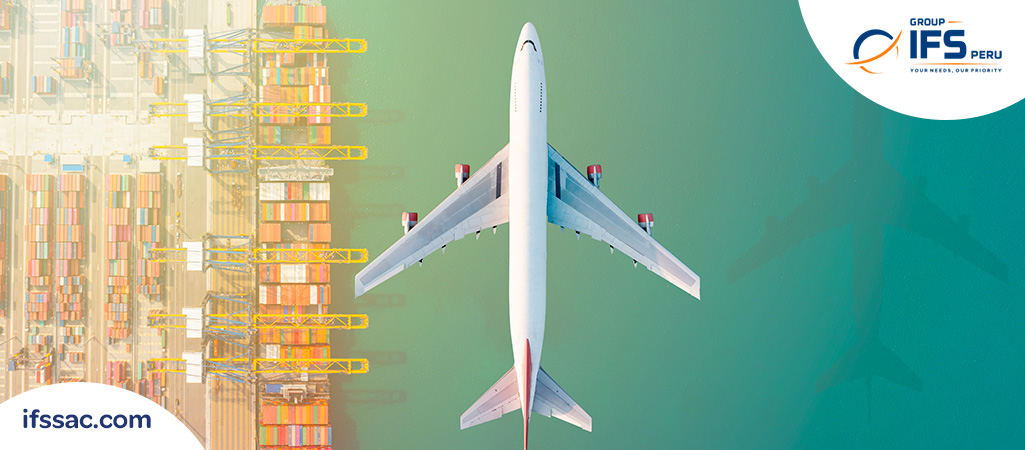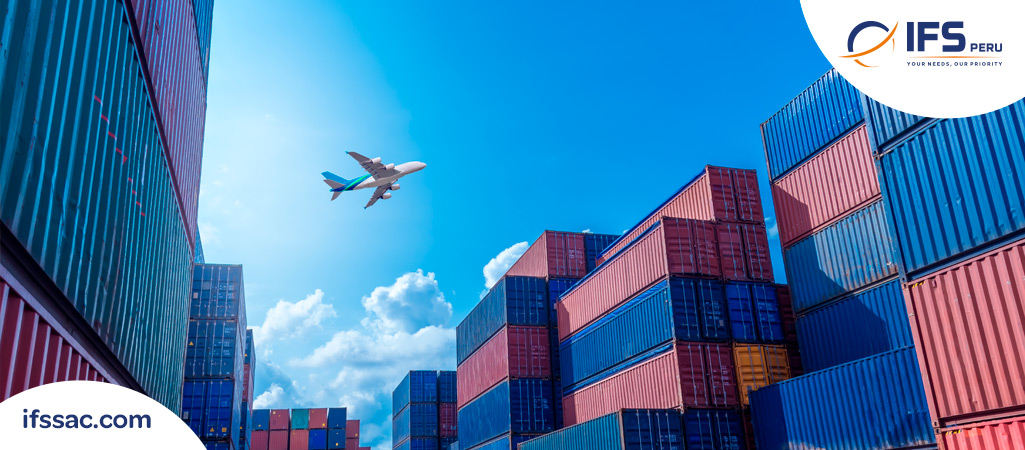The aviation industry in Latin America is heading towards significant growth, with a special focus on air cargo services. According to the latest Global Market Forecast (GMF) by Airbus, the region is expected to experience a 2.2% increase in air traffic over the next two decades. This growth translates into the addition of 2,390 new aircraft, both for passengers and cargo. Notably, 190 of these will be wide-body aircraft, while 2,200 will be single-aisle aircraft, constituting a remarkable 92% of new aircraft deliveries. Latin America is on track to become a predominantly single-aisle aircraft market, with the forecast of nearly doubling the per capita air travel in Mexico and more than doubling it in Argentina, Brazil, Chile, and Colombia by 2042.
Air Cargo Services:
The surge in e-commerce in Latin America has generated a growing demand for air cargo services over the last two decades. It is projected that air cargo traffic from, to, and within Latin America will almost double by 2042.
Passenger Flights:
Parallel to the growth in air cargo, passenger air travel in Latin America is also set to double over the next two decades. This growth is expected to raise annual per capita air travel from 0.44 in 2019 to 0.87 in 2042. This increase is attributed to the projected expansion of the middle class, which will increase from 400 million to 490 million people by 2042, representing 67% of the population of Latin America and the Caribbean. Furthermore, the widespread presence of Low-Cost Carriers (LCCs) has made air travel more accessible, accounting for 50% of all seats on domestic flights in Latin America. Brazil and Mexico lead the region in LCC market penetration.
The GMF also predicts an annual increase of 3.5% in O&D (origin and destination) passenger traffic in Latin America, doubling over the next 20 years. Domestic air traffic is expected to grow at a rate exceeding 3.8% annually, while intra-regional traffic will increase by 3.2%.
Fleet Expansion:
The active aircraft fleet in Latin America will nearly double, going from the current 1,440 aircraft to 2,630 over the next two decades. Within this expansion, 240 aircraft will be retained, 1,200 will be allocated to replace less fuel-efficient planes, and 1,190 aircraft will meet the growing demand for air travel.
Airbus, with its significant presence in Latin America, has played a substantial role in this growth. They have sold over 1,150 aircraft in the region, with more than 750 currently in operation. Additionally, Airbus has a portfolio of over 520 aircraft on order, representing a 58% market share in passenger aircraft services. Since 1994, Airbus has secured 75% of net orders in the region.
In conclusion, the aviation landscape in Latin America is undergoing a remarkable transformation. The growth of both air cargo and passenger services is closely linked to the rise of e-commerce and increased accessibility to air travel through low-cost carriers. This transformation not only reflects the expansion of the middle class in the region but also presents economic opportunities and strengthens Latin America’s position in the global aviation industry. As Latin America takes flight, the sky is the limit for its aviation sector.
Source: Mundo Maritimo





